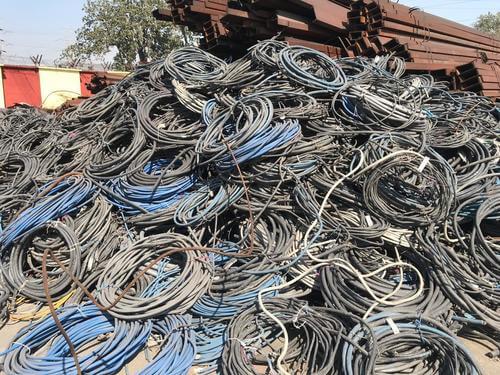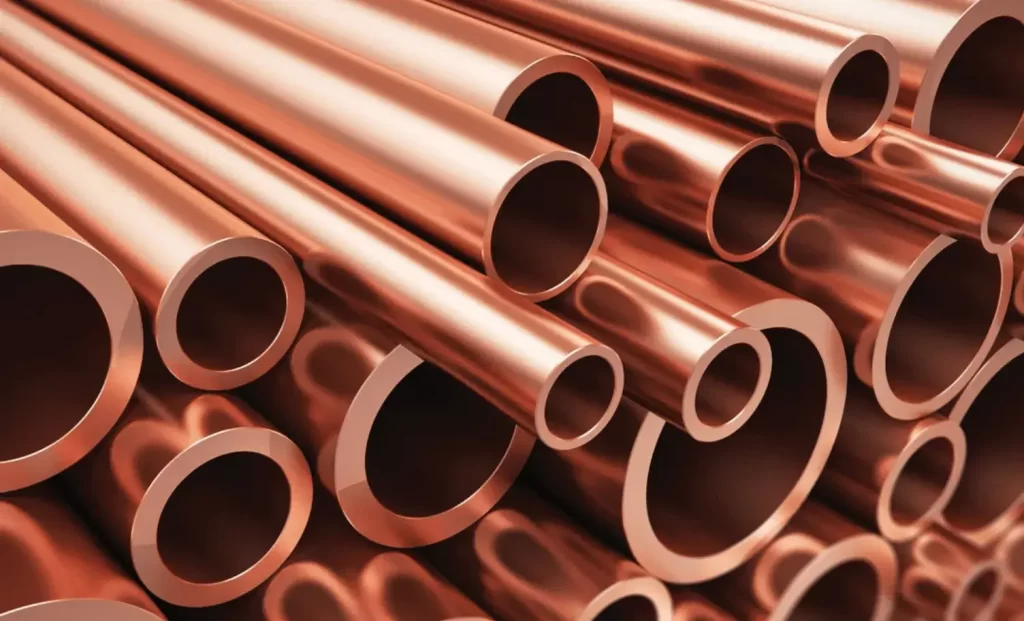Copper Scrap Buyer in Dubai
Essential Guide: What to Know Before Selling Copper Scrap
Copper can be used in many different ways, but copper scrap has a slightly higher value than the pure metal itself. It's easy to sell, and there are a lot of ways you can get the most out of it.
First and foremost, you need to understand what kind of metal you have. Copper is one of the most commonly used metals in the world and can be found in everything from pipes and wires to cosmetics and electronics.
There are many different types of copper, but they all share similar physical characteristics. Make sure your copper scrap is in top condition before you sell it. Scrap that has been sitting around for a while will not be worth as much as if it were just purchased and then sold again.
Second, when it comes to selling scrap copper, it's important to understand what kind of buyer you want to be working with. For example, if you have a lot of scrap that needs processing before it can be sold as raw material for new products, then WBDS will be your best bet. If instead you just want someone who will take your scrap and smelt it into new products then maybe look into local options or a company that has their own factory.
Finally, while it may feel like there are tons of firms out there looking to buy scrap copper, this isn't always true! A lot of people don't realize how valuable the material is until they see how much money can be made using it. At WBDS, we know that your metal scrap is valuable. And we are the copper buyer in UAE that genuinely wants to make sure you get the highest price for it. Our company enables you to sell your metal scrap quickly and easily—and get paid top dollar.
Copper Scrap Price Calculation: How We Determine Fair Market Value
When you're looking at the scrap copper prices, one of the most important things to know is how they're calculated. When you're looking at selling scrap, you want to make sure that you're getting a fair price. This can be hard to determine sometimes, given that there are so many variables involved in determining a price for your scrap metal.
Copper prices are calculated by the copper market, which is determined by supply and demand. The price of copper wire scrap is determined by the current price of copper, which is the base price. The price of your copper scrap is calculated by metal content of scrap copper, which is determined by its purity and grade and the scrap copper's weight per unit length. For instance, if you are looking to sell your copper scraps with higher purity then it will fetch a higher price than those that have lower purity levels.
Let's face it—there are a lot of dealers out there, and they're all trying to get their hands on your precious metal. But don't worry: we've got you covered. We'll buy from you at the best price you'll ever have offered. We know it's the difference between making a profit and losing money. And we want to help you get back in the black.
Other Scrap Materials We Purchase: Metal, Electronics & More

Metal Scrap
We are aware that selling copper scrap is a pretty hectic task but don't you fret! Our firm will go to every length to provide you with the best possible price for your scrap.

Electronic Scrap
Our experts will help you pick the best place for selling your electronic scrap and make sure that your old electronics are sold at a promising price.

Copper Scrap
If you want to sell your copper scrap quickly without any hassle then contact us today to get the most out of your scrap!
Copper Scrap Collection Services Across UAE Locations

Mussafah
Are you in Mussafah? Looking for someone to sell your scrap? We Buy Dead Stocks is just a call away form you. we buy different scrap like metal, copper, and computers on best rates in mussafah.

Al Quoz
If you have any electronic scrap in Al Quoz, we would love to purchase it from you. We can also help you dispose of your old electronics safely, so that they don't end up in landfills.

Abu Dhabi
We buy electronic scrap and old parts from ABU DHABI. We provide a fast, safe and reliable service that saves you money, time & inventory storage.

Sharjah
We have already established ourselves as one of the leading dead stock buyers in Sharjah. With our experience and expertise, we are sure that you will find us very reliable when it comes to collecting your electronic scrap.

Jebel Ali
We at WBDS collect electronic scraps from Jebel Ali, UAE. We are a company that buy electronic scraps. If you have any scrap electronics in your possession, please contact us at any time!

